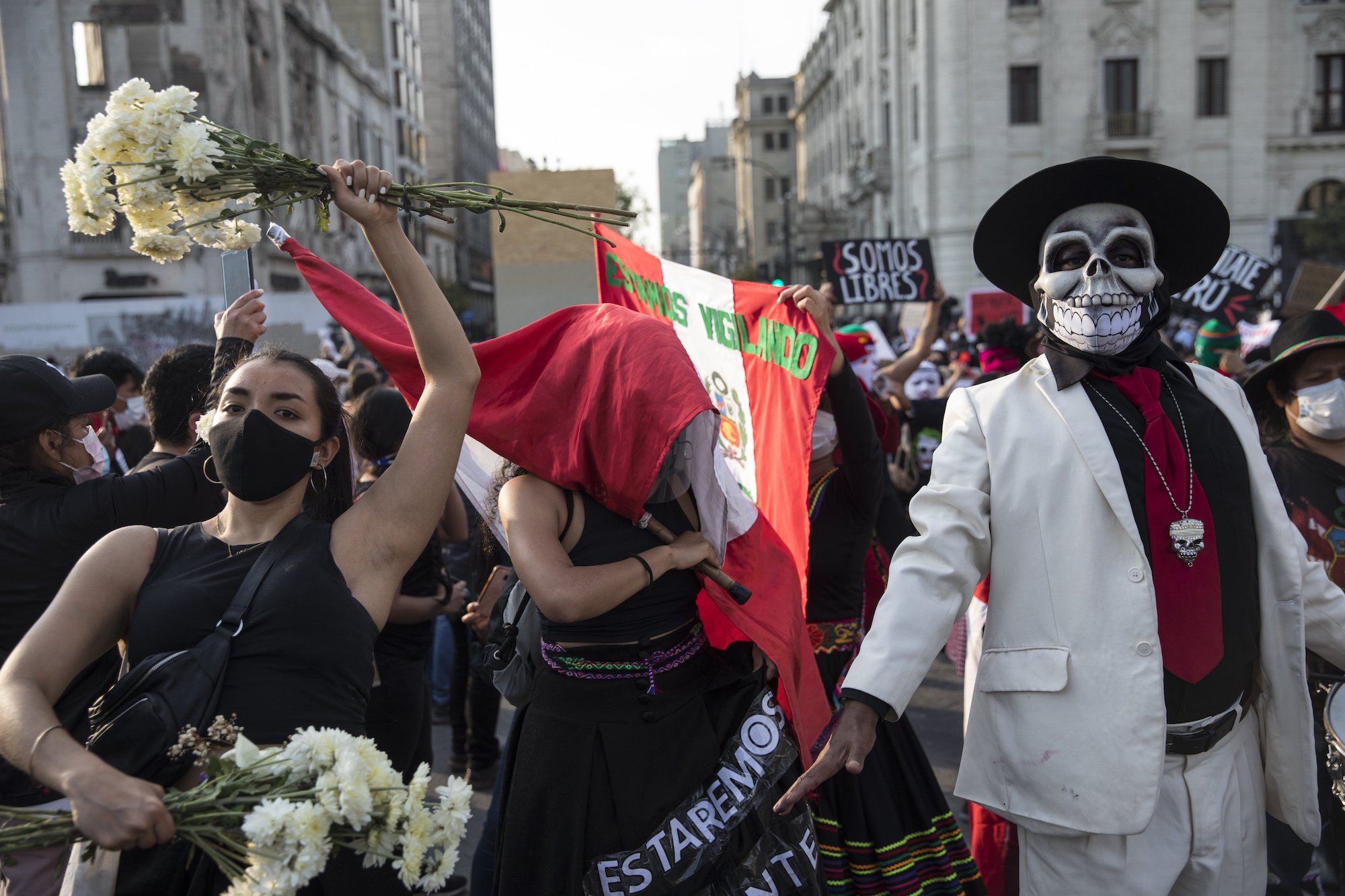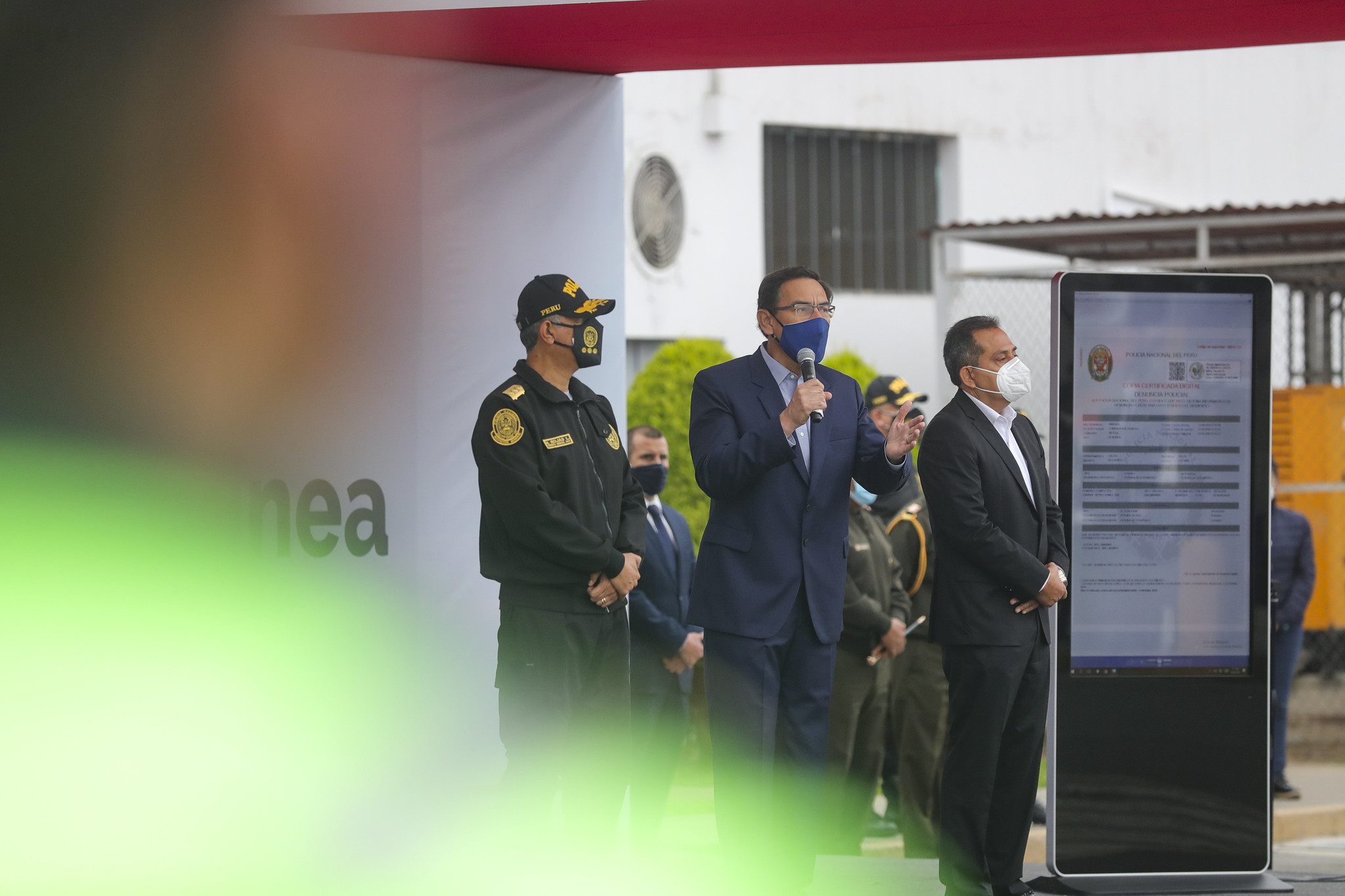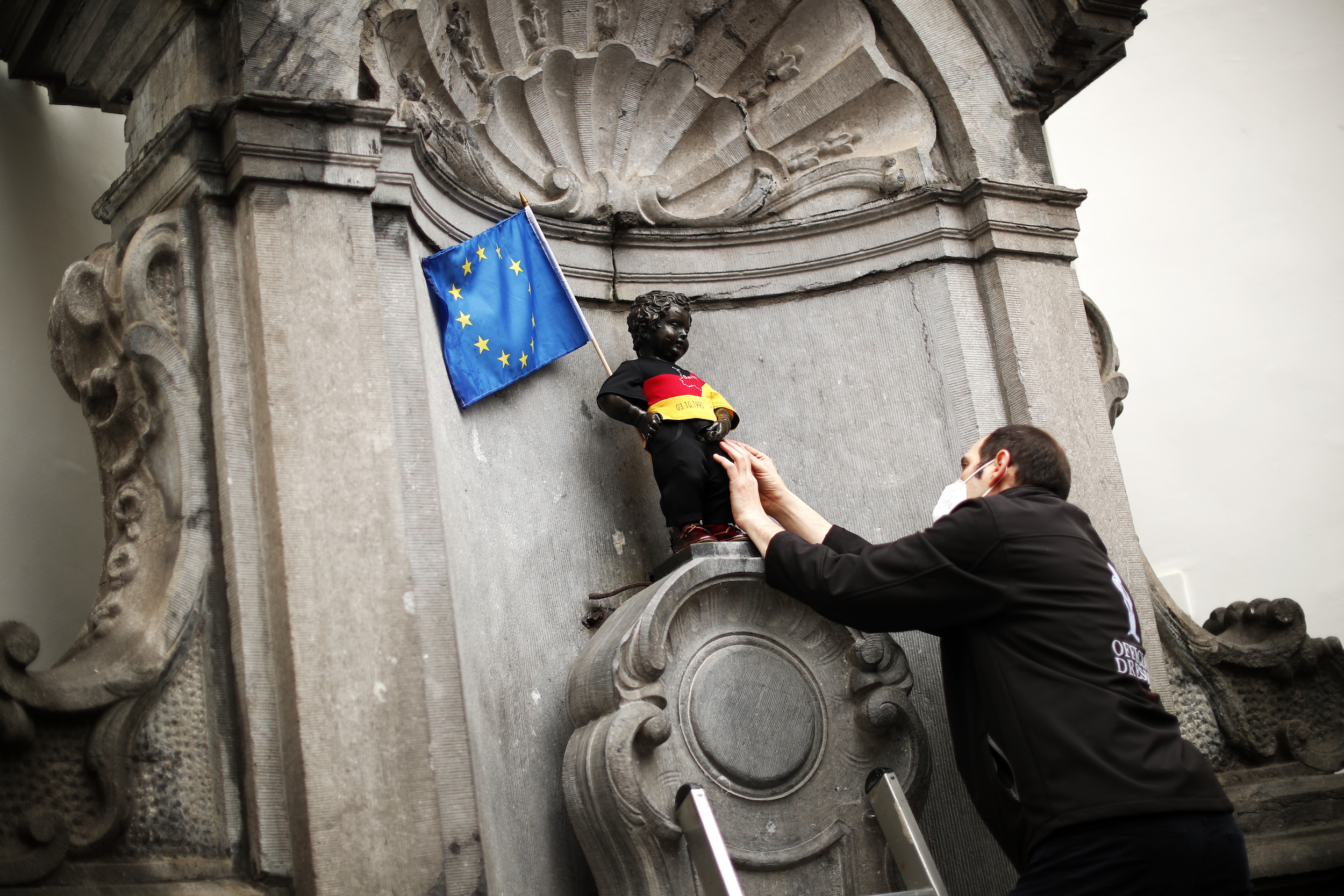In his second impeachment vote in three months, Peru’s president, Martín Vizcarra, was removed from office on Nov. 9 over allegations of corruption—resulting in widespread protests throughout the country.
Thousands took to the streets of Peru to protest the removal of Vizcarra—a leader who remained popular among the general public due to his anti-corruption work, according to The Guardian.
Vizcarra denies the allegation that he accepted $280,000 worth of bribes from a construction company while a governor, prior to becoming president. According to Al Jazeera, the president claimed the investigation by the opposition-held congress was a plot against him due to their frequent clashes over his anti-corruption work.
“Every time you try to defeat that virus of corruption, it defends itself by attacking,” Vizcarra said, as reported by Al Jazeera. “When you hit powerful interests, they don’t stay calm.”
The head of Peru’s Congress and prominent figure in the impeachment process, Manuel Merino, was sworn in as interim president a day after Vizcarra announced he would be stepping down.
Critics have argued the impeachment and following appointments were illegitimate, some even referring to the events as a coup by Congress.
“The removal of President Martín Vizcarra is a coup d’etat,” said Pedro Cateriano, former prime minister and constitutional lawyer, according to The Guardian. “Without any doubt, the Congress has violated the constitutional order.”
Tens of thousands of Peruvians angered by the removal of Vizcarra and the appointment of Merino have shown up to demonstrations across the country. Protests have turned violent when protestors have clashed with the police.
“All of Peru is fired up, we’re all very angry,” said José Vega, a protester in Lima. “They treat us poorly. We’ve only come to protest against injustice…we are all feeling pain. So, I’m saying to everyone let’s not give up.”
At least 27 people were injured in the first four nights of protests, 11 of whom were injured on Thursday, Nov. 12 when police deployed tear gas and rubber bullets into the crowd.
“This political crisis is generating a human rights crisis due to the violent repression of the protests. The authorities must prioritize the protection of the population over any political interest,” said Marina Navarro, executive director of Amnesty International Peru.
The Health Ministry reported 102 people were treated in hospitals due to protest-related injuries and 41 people were missing, according to BBC.
On Nov. 14, police dressed in riot gear used force in an attempt to stop a protest in Lima, which allegedly led to the deaths of two demonstrators. The next day, Merino announced his resignation—just five days after taking office.
“The unfortunate events that occurred in the last few hours aggravate the crisis that we were already going through and that produced a few days ago the presidential vacancy of Mr. Martín Vizcarra…all of Peru is in mourning. Nothing justifies that a legitimate protest should trigger the death of Peruvians,” Merino said.
Francisco Sagasti, a center-leaning first-time legislator who was one of the few to not vote to impeach Vizcarra, was sworn in on Nov. 17, becoming Peru’s third president in a week.
“This is not a moment for celebration; we have too many problems, tragedies and difficulties. It is a moment to ask ourselves: Where did we lose our way?” Sagasti said.
Sagasti is intending to hold office until July when a new president is formally elected.
“It is absolutely necessary to remain calm, but do not confuse this with passivity, conformity or resignation,” Sagasti said in an address to Congress.
According to Reuters, Sagasti is not expected to quell the anger in the long term, as many of the frustrations with the government run deeper than the presidency. According to a poll, approximately 90% of Peruvians surveyed disapproved of Congress. It is estimated that 68 out of the 130 legislators are currently under investigation for fraud or other types of corruption.
Protests, consisting mainly of young people, continue as they seek tangible changes in the way the government is run. A poll by think-tank IEP found that over half of the people aged 18-24 that they surveyed had participated in an anti-government protest this month.
“We want to fix the mistakes of past generations,” said Grace Yarango, an 18-year-old Peruvian, as reported by Reuters. “I feel part of this bicentennial generation, we want a better country.”
“The great citizen movement today belongs to the youth,” Sagasti said in his inaugural address. “We have to call on the youth of all ages because there are adults who have a young spirit of rebellion, the youthful spirit of seeking a better country, and that is what we need.”






